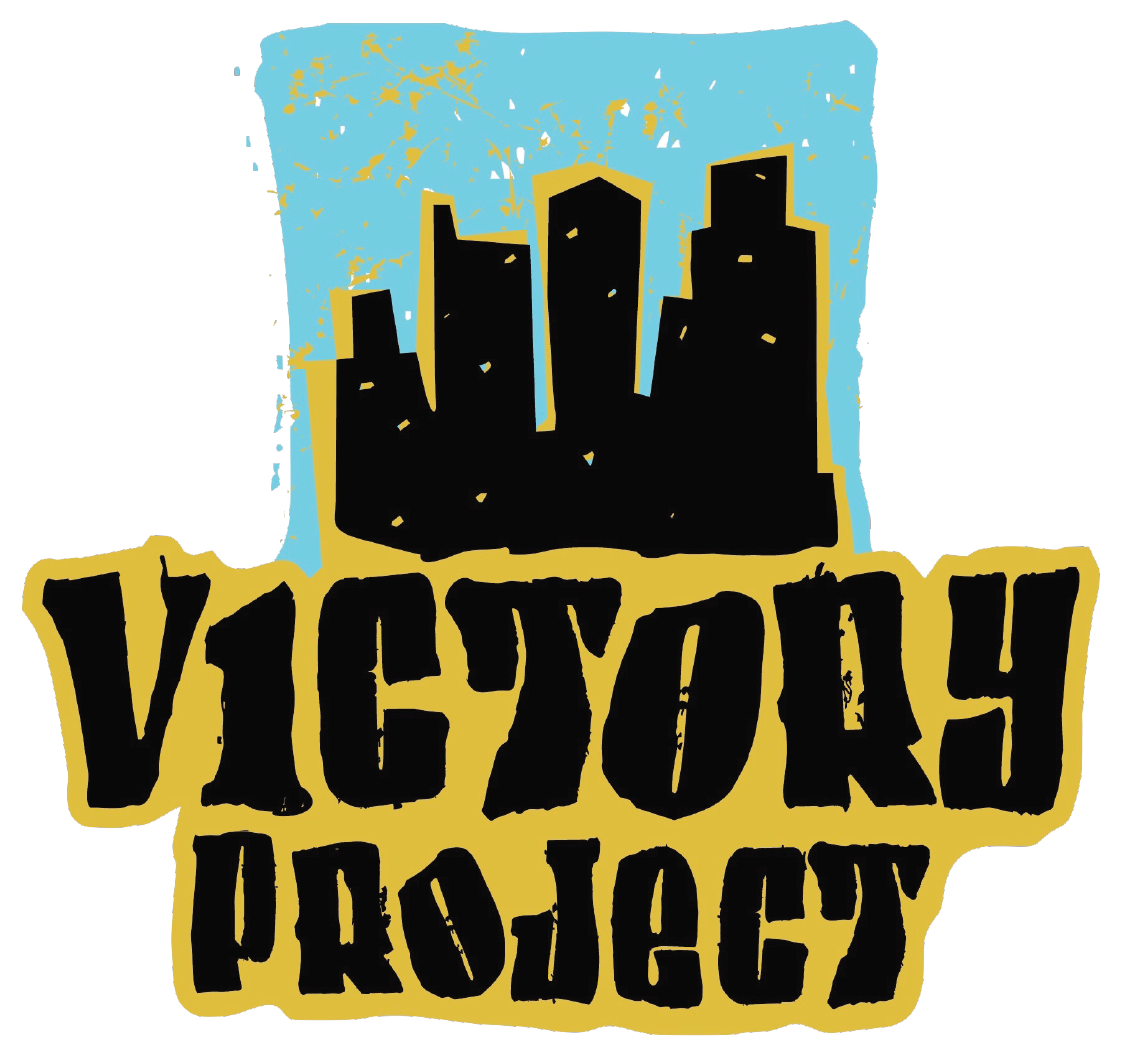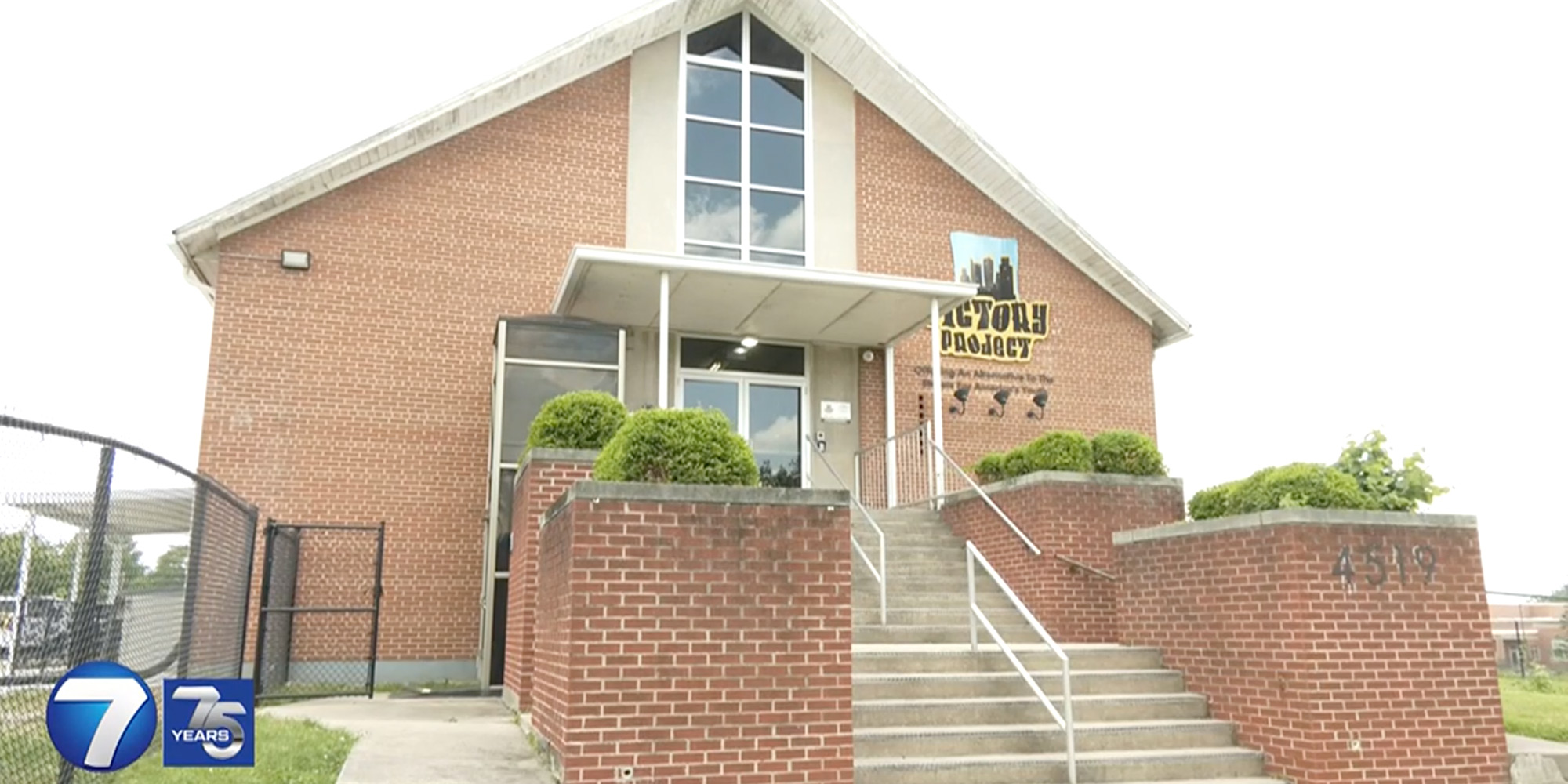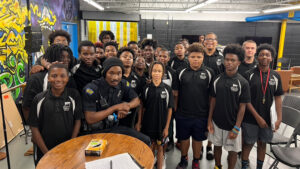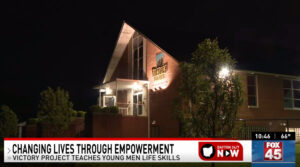Written by Monnie Bush for Dayton Business Journal – No matter the industry, our business community faces a common challenge: recruiting and retaining talented employees. While we’re at a crisis point today, this trend has been developing for decades. According to research, in 1953, 98% of men between 25 and 54 had a job or were looking for one. That number has been falling ever since. As of 2023, 7.2 million men have left the workforce. This group of unemployed men is not included in the unemployment rate but can be tracked via the labor force participation rate (LFPR).
The workforce problem is apparent: solutions, not so. The Victory Project, Inc. (VP), however, offers an effective way forward.
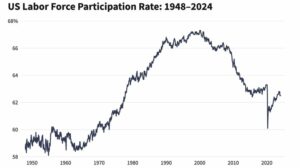
Victory Project: Research and development
Before opening VP in 2009, I spent 18 months researching the broader social issues surrounding disengaged youth within our inner city. “Disengaged” in this context refers to teenagers who are not playing organized sports, do not have a job or are not part of an organized after-school group. I set out to better understand their challenges so I could be an asset to those I hoped to serve. This included speaking with young men between the ages of 14 and 18 who had become entangled in the court system. As I did, several topics were repeated during these interviews, including the desire to earn money for themselves and their families.
The desire to make money as a teenager was familiar to me. I was employed throughout my teenage years, from paperboy to Kroger clerk and many odd jobs in between. The next logical step was to try and understand why this was not the case for the young men I met.
Inner-city employment roadblocks
Once I opened my eyes to the employment challenges inner-city teenagers faced, I quickly understood the dilemma. Traditional pathways to employment for youth include retail, fast food and grocery stores. Let’s break these down:
- Retail: With few exceptions, our inner-city communities struggle to attract and maintain retail businesses compared to those outside the city.
- Fast food: See above.
- Grocery stores: Areas with higher poverty rates are often called “food deserts,” and for good reason.
While there are jobs for teenagers, these are typically in high-commerce areas outside the city. Having reliable transportation is also a struggle faced within our poorer neighborhoods. While public transportation is helpful, it is unrealistic with the distances involved. For example, a young person finishes their school day, catches the bus to the suburbs (an average two-hour round trip), gets home, studies and sleeps. Sure, it’s possible, but it’s not very practical for sustainability.

Victory Projects’s solution to the “pillars of poverty”
These and other valuable insights learned during our research and development period motivated us to create our 3E curriculum (education, entrepreneurship, enlightenment) to break what we identify as the “pillars of poverty”: dropping out of high school, developing a criminal history and having a baby before marriage.
Entrepreneurship — cultivating a strong work ethic
The heart of entrepreneurship within VP pulsates through the Victory Improvement Project, LLC (VIP). This microenterprise serves as a dynamic, hands-on classroom, allowing students to immerse themselves in the business world under the guidance of experienced mentors. From the intricacies of landscaping and construction to the logistics of hauling services, VIP transcends traditional workforce development, fostering a deep-seated work ethic essential for professional success.
Motivating students with a reward-and-recognition system
As stipulated in their membership agreements, active participation in VIP hinges on students achieving specific academic and behavioral benchmarks. Here, work is not just a duty but a reward — a tangible acknowledgment of their weekly accomplishments. Earning the privilege to work over the weekend, students gain their first taste of employment and learn the fundamentals of financial responsibility, including filing taxes and opening savings accounts.
With this experience, VP alumni become incredibly valuable employees and leaders. Traditionally, over 92% of alumni are employed after graduation, pursuing careers in the trades and the military, where they find purpose in providing a good living for their families.
Study reflects positive results for alumni
While at VP, more than 60% of our students are the only ones in the household receiving W-2s. When asked, a majority of our students say they plan to share their earnings with family. In addition to the economic value and work ethic development, according to a University of Dayton study, the social return on investment (SROI) for each alumni avoiding the “pillars of poverty” is almost $1 million, totaling $250 million at the time of the report.
VP may have created this unique and evidenced-based pathway to life beyond poverty and government programs. However, this wasn’t a journey of one but a network of business, faith and community leaders. It should be noted that VP does not accept government funds, as we want to practice what we preach. This is also important because I want to share my faith openly.
Our young men choose each day to participate with VP. We provide the opportunity; they choose to engage. Our motto reflects this reality: “It’s less about what we do and more about what we undo.”
In closing, we will continue to struggle with our workforce until we create innovative ways to develop a work ethic. With your advocacy and support, we will continue to help disengaged youth build new legacies for their families.
